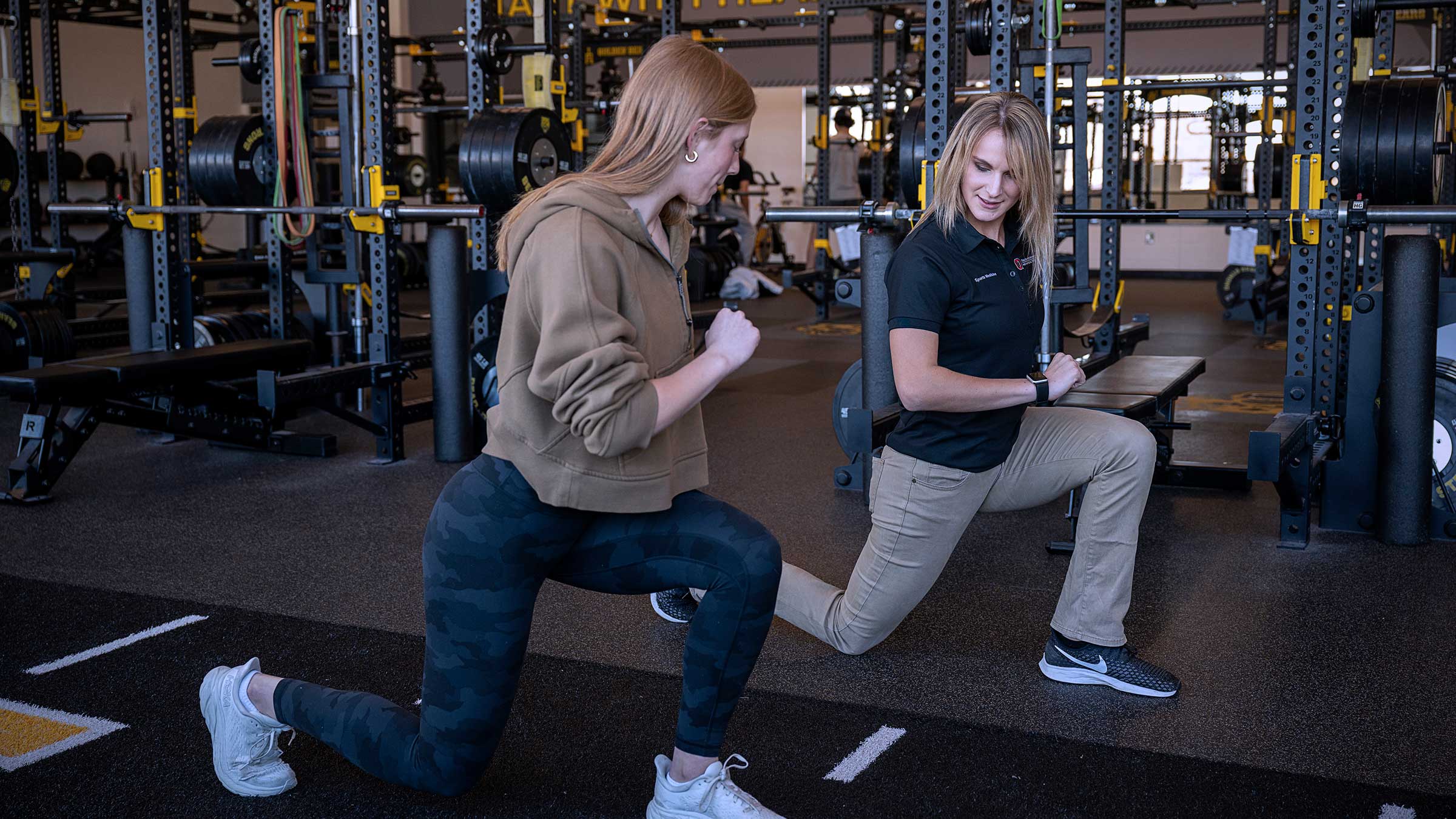Evaluating the Interaction of Articular Mobility and Balance in Patient Outcomes
Joint mobility and stability are crucial factors that impact client results in physical therapy and therapy. Joint mobility refers to the extent of movement available at a joint, while steadiness entails the ability to maintain management of that joint during movement. When clients have optimal joint mobility, they can navigate their limbs freely, which is essential for conducting daily tasks. On the other hand, steadiness helps avert injuries by allowing the body to preserve proper positioning and equilibrium during these actions. Understanding how these two elements connect can lead to better care plans and enhanced recovery for patients.In many cases, patients with articular pain or injuries frequently experience a decrease in movement. For instance, conditions like osteoarthritis can limit how much a articulation can move, making it challenging for people to perform activities such as ambulating or climbing stairs. Rehabilitation specialists often concentrate on exercises that increase range of motion through flexibility work and fortification. These activities can help restore the extent of movement, making it easier for clients to participate in their daily activities. Nonetheless, enhancing mobility without considering steadiness can lead to further harm, emphasizing the necessity for a balanced approach.

Stability is equally crucial in rehabilitation. When a joint is deficient in stability, it becomes more susceptible to harm during movement. For example, an unstable knee articulation can result to sprains or tears while sprinting or jumping. To improve stability, therapists may integrate exercises that fortify the muscles around the joint. These activities help reinforce the joint and prevent excessive motion that could lead to harm. By focusing on both range of motion and stability, therapists can provide a comprehensive care plan that meets the specific needs of each client.
The interplay between find more information articular mobility and control is particularly clear in sports medicine. Sports participants often require a high level of both mobility and control to perform at their optimal. For example, a dancer needs to have flexible articulations to achieve intricate movements while also preserving stability to prevent falls. In sports training, coaches and coaches emphasize the significance of developing both elements to enhance ability and minimize the risk of harm. This approach ensures that athletes can move efficiently while keeping their articulations protected during rigorous exercises.
Ultimately, understanding the relationship between articular mobility and control can lead to better outcomes for clients in various environments, from therapy facilities to sports training centers. By promoting both elements, healthcare professionals can help clients recover their strength and assurance. This integrated method not only helps in rehabilitation but also arms individuals with the resources they need to avert future harm. As research continues to advance in this area, the importance of combining range of motion and stability in care plans will continue to be a key priority for enhancing patient care and this page overall health.